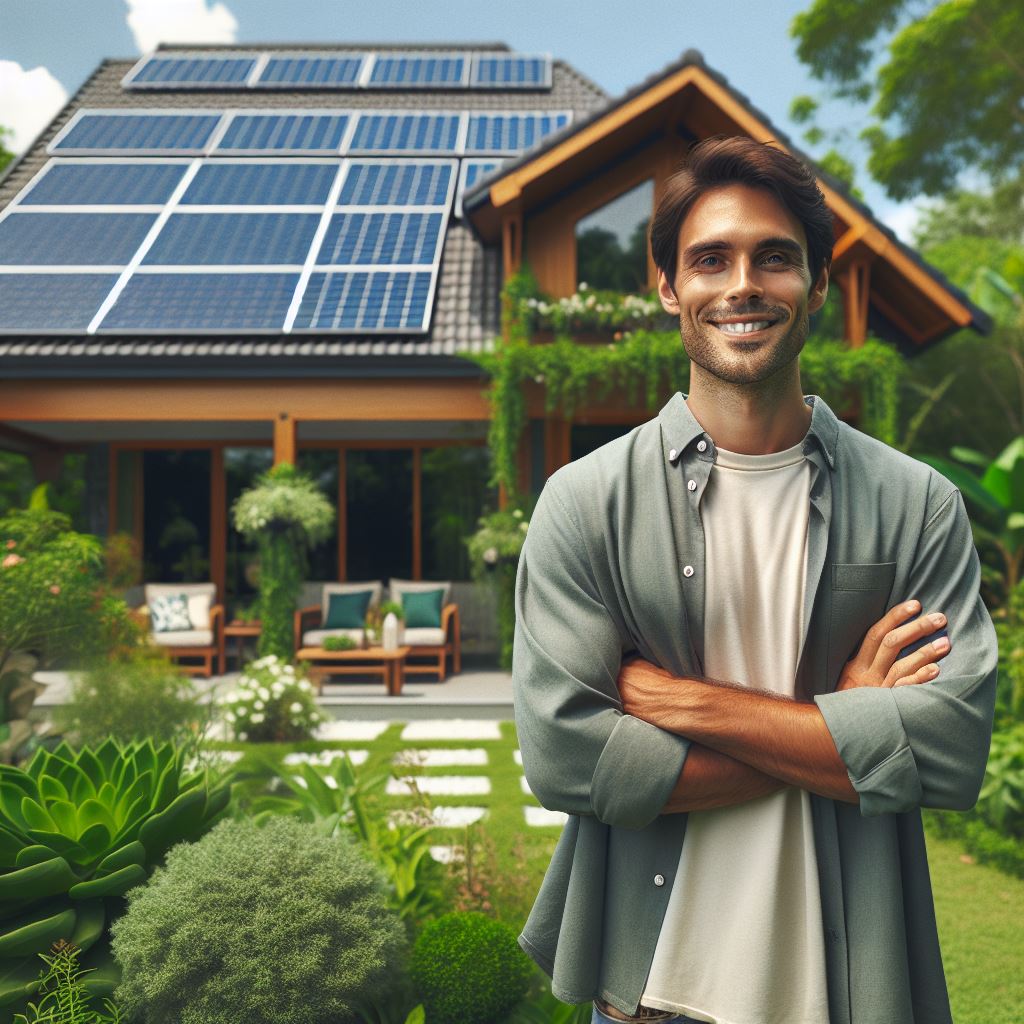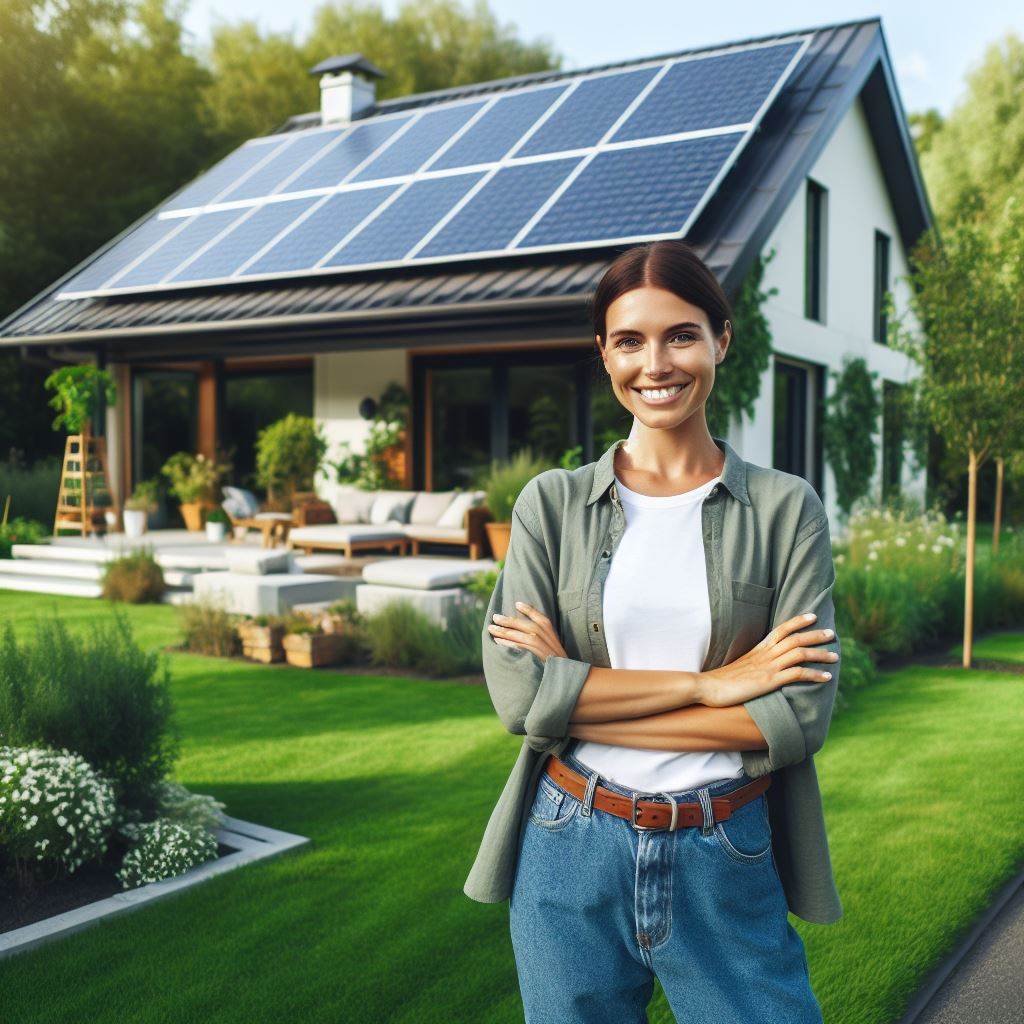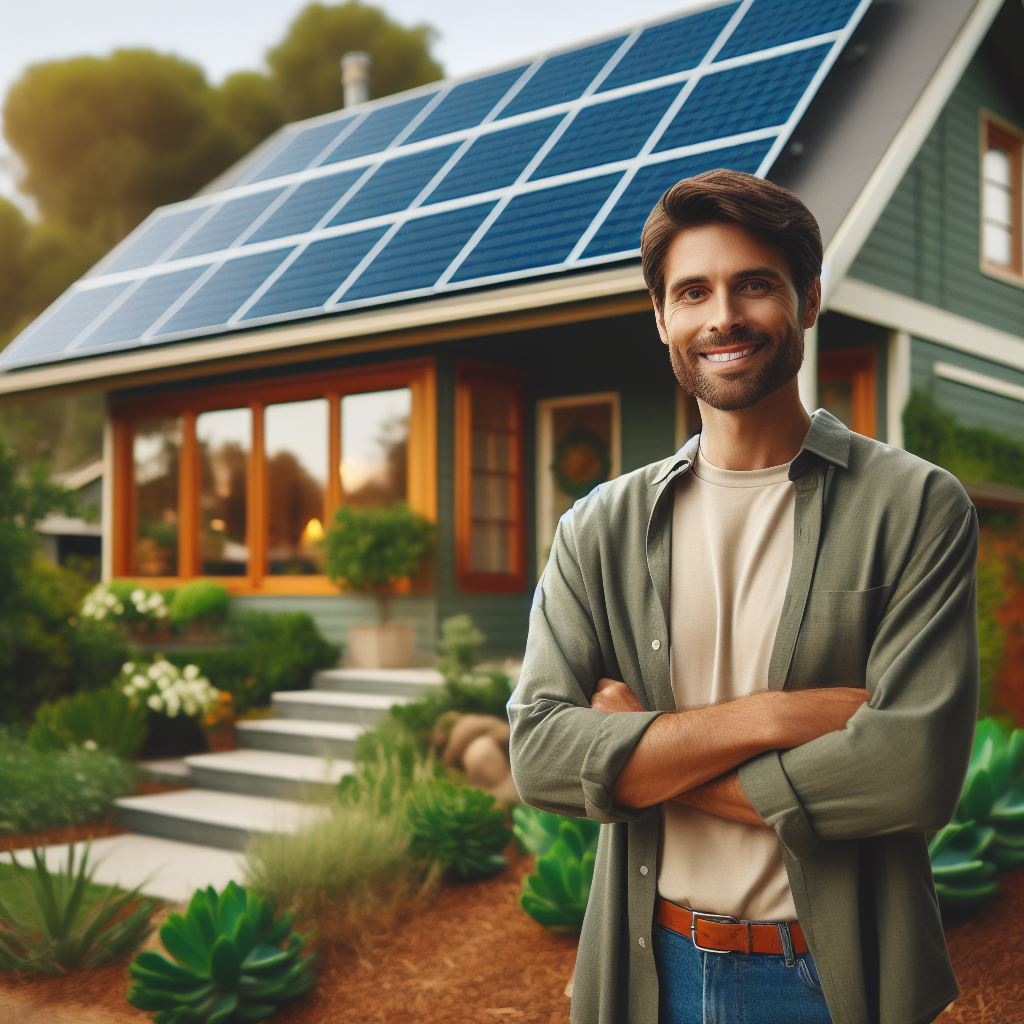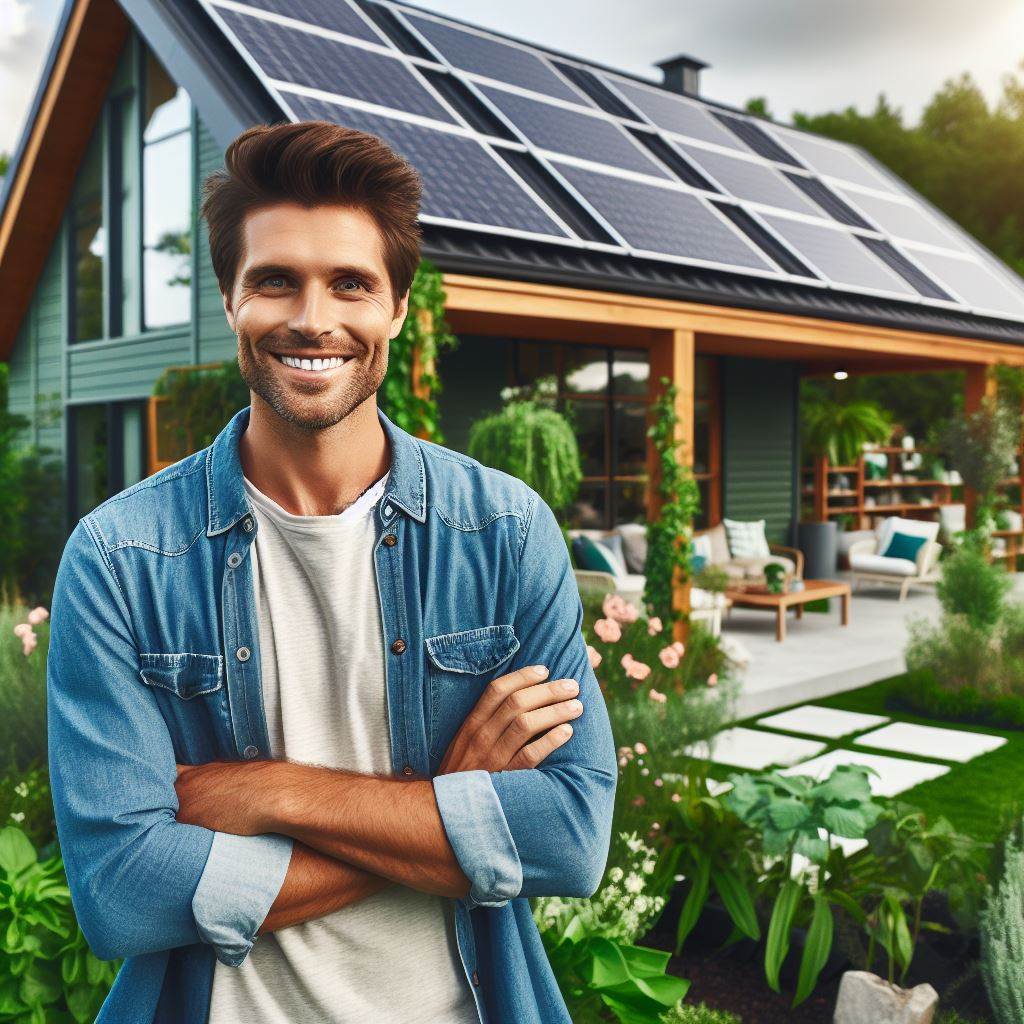Introduction
Green building is the practice of constructing environmentally friendly and sustainable structures.
It focuses on utilizing resources efficiently and minimizing the negative impacts on the environment.
In the US, green building has gained significant importance in recent years.
Buildings are responsible for a significant portion of carbon emissions and energy consumption, making it crucial to adopt greener practices.
The purpose of this blog post is to highlight the latest advancements in green building within the US.
It aims to shed light on the innovative techniques and technologies being employed to create high-performance, energy-efficient, and sustainable buildings.
Through these practices, the goal is to create healthier living and working environments while reducing the carbon footprint.
One notable trend in green building is the use of renewable energy sources such as solar and wind power.
These alternatives not only reduce reliance on fossil fuels but also decrease energy costs in the long run.
Additionally, building materials with low environmental impact, such as recycled or locally sourced materials, are being favored to minimize carbon emissions during production and transportation.
Moreover, green building practices now focus on improving indoor air quality and occupant comfort by incorporating enhanced ventilation systems and natural lighting.
This promotes healthier living spaces and improves productivity in work environments.
In essence, green building has become a significant movement in the US, driven by the need to mitigate climate change and create sustainable communities.
This blog post will delve deeper into the latest developments and strategies being implemented to achieve greener buildings, ultimately benefiting both the environment and the occupants.
Benefits of Green Building in the US
Green building practices in the United States have gained significant recognition and popularity due to the numerous benefits they offer.
These benefits can be categorized into three main areas: environmental, economic, and health.
By incorporating green building techniques, individuals and communities can contribute to a sustainable future while enjoying several advantages.
A. Environmental Benefits
- Reduced carbon footprint: Green buildings are designed to be energy-efficient, reducing the overall consumption of electricity and fossil fuels.
This results in lower greenhouse gas emissions and mitigates climate change. - Conservation of natural resources: Green building practices focus on using sustainable materials, such as recycled or renewable resources, to minimize the depletion of finite resources.
This reduces the environmental impact associated with construction activities. - Improved air and water quality: Green buildings prioritize indoor environmental quality by implementing proper ventilation systems and using low-emission materials.
This contributes to healthier indoor air quality and reduces the release of pollutants into the environment.
B. Economic Benefits
- Energy cost savings: Green buildings are highly energy-efficient, resulting in significant cost savings on energy bills.
The integration of advanced technology and energy management systems helps optimize energy usage and reduces reliance on non-renewable energy sources. - Increase in property value: Green buildings often have higher resale value due to their energy efficiency, sustainable design, and lower operational costs.
They are increasingly sought after by buyers looking for long-term cost savings and environmentally friendly features. - Job creation in the green sector: As the demand for green buildings continues to grow, more employment opportunities are created in various sectors, including architecture, construction, renewable energy, and green materials manufacturing.
This stimulates economic growth and enhances local job markets.
C. Health Benefits
- Enhanced occupant well-being: Green buildings prioritize occupant comfort and well-being through thoughtful design and construction.
Features such as natural daylight, improved acoustics, and ergonomic spaces contribute to increased productivity, cognitive performance, and overall satisfaction. - Reduction in exposure to toxic materials: Green buildings use materials that have low volatile organic compound (VOC) emissions, reducing the risk of exposure to harmful toxins.
This is particularly beneficial for individuals with respiratory conditions and allergies. - Improved indoor air quality: Green buildings implement proper ventilation systems and air filtration, ensuring a constant supply of fresh air and reducing the accumulation of pollutants.
This promotes healthier indoor environments and reduces the risk of respiratory illnesses.
Overall, the benefits of green building in the US extend beyond environmental concerns and encompass economic savings and improved health outcomes.
By embracing sustainable practices, individuals and communities can contribute to a greener future while enjoying the advantages brought about by green buildings.
Read: Eco Homes in 2024: Trends and Outlook
Green Building Technologies and Innovations in the US
A. Energy-efficient technologies
Energy-efficient technologies are playing a significant role in green building practices in the US.
The adoption of solar power systems has become increasingly popular in recent years.
These systems harness the sun’s energy to provide electricity for buildings, reducing reliance on traditional power sources.
Another energy-efficient technology gaining traction is geothermal heating and cooling.
This technique utilizes the earth’s natural warmth or coolness to regulate indoor temperature, creating a more comfortable and sustainable living environment.
LED lighting is also revolutionizing the way buildings are illuminated.
Compared to traditional incandescent bulbs, LED lights are more energy-efficient, have a longer lifespan, and emit less heat, making them an ideal choice for green buildings.
B. Sustainable materials
In addition to energy-efficient technologies, the use of sustainable materials is gaining momentum in the US construction industry.
Recycled and locally sourced building materials are becoming increasingly popular as they reduce the demand for new raw materials and minimize transportation emissions.
Low VOC (volatile organic compound) paints and finishes have also emerged as a viable alternative to conventional paints.
These eco-friendly products have lower levels of harmful emissions, making them healthier for occupants and the environment.
High-performance insulation is another essential aspect of green building.
Innovative insulation materials, such as spray foam or cellulose, provide better thermal resistance, reducing energy consumption for heating and cooling.
C. Water conservation strategies
Water conservation is a crucial component of green building practices in the US.
Rainwater harvesting systems collect and store rainwater for various non-potable uses, such as watering landscapes and flushing toilets.
This helps reduce the strain on municipal water supplies.
Graywater recycling is another increasingly popular strategy to conserve water.
Instead of sending lightly soiled water down the drain, graywater recycling systems treat and reuse it for irrigation or toilet flushing.
This significantly reduces water consumption and helps preserve this valuable resource.
Efficient plumbing fixtures, such as low-flow toilets and faucets, play a vital role in reducing water waste.
These fixtures are designed to use less water without compromising functionality, contributing to overall water conservation efforts.
In essence, green building technologies and innovations in the US are focused on energy efficiency, sustainable materials, and water conservation strategies.
With the adoption of solar power systems, geothermal heating and cooling, LED lighting, recycled building materials, low VOC paints, high-performance insulation, rainwater harvesting systems, graywater recycling, and efficient plumbing fixtures, the country is moving towards a more sustainable and environmentally friendly building sector.
Read: The US Market & Climate-Ready Homes
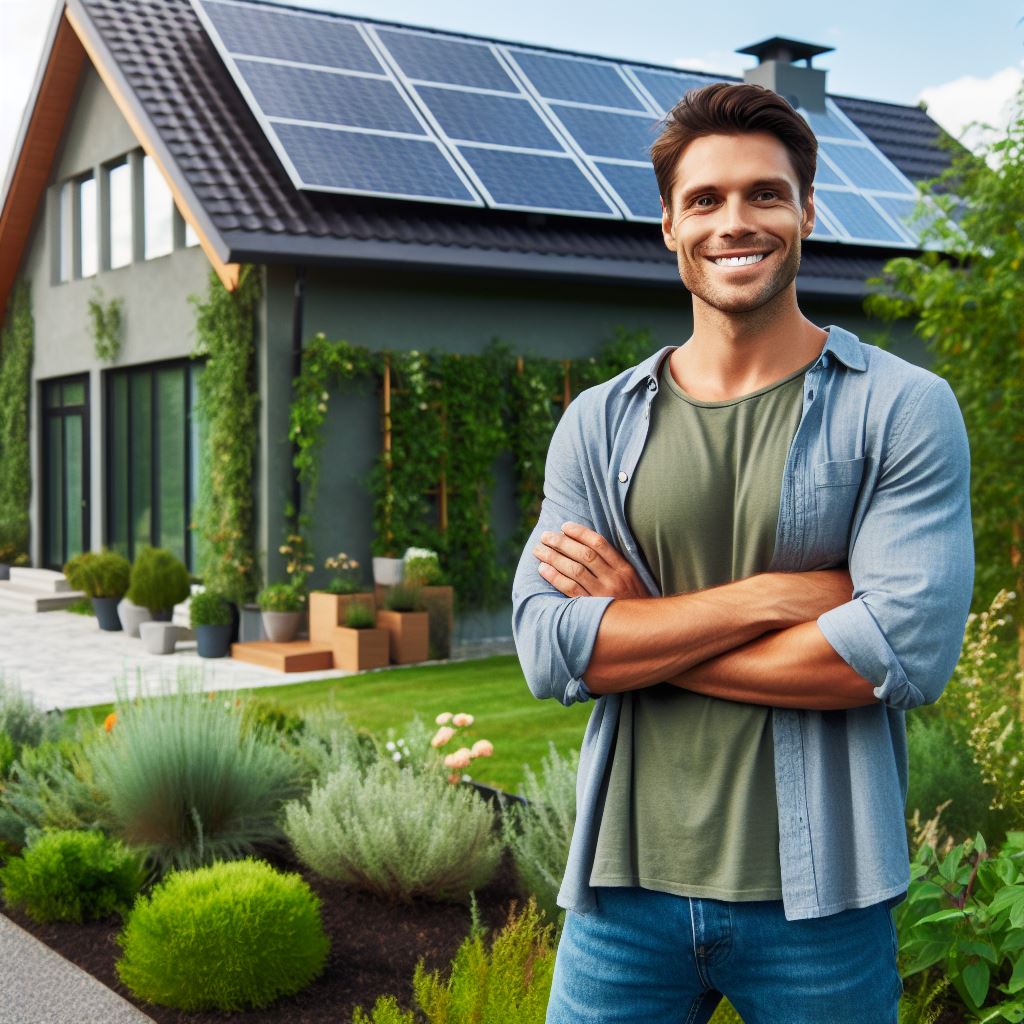
Green Building Certifications and Programs in the US
A. LEED (Leadership in Energy and Environmental Design)
LEED, or Leadership in Energy and Environmental Design, is one of the most widely recognized green building certifications in the United States.
It provides a framework for designing and constructing sustainable buildings.
1. Overview of LEED certification levels
LEED offers different certification levels based on the building’s level of sustainability.
The levels include Certified, Silver, Gold, and Platinum. Each level has specific criteria that need to be met in order to achieve certification.
2. Requirements to obtain LEED certification
To obtain LEED certification, a building project must meet certain prerequisites and earn a certain number of points in various sustainability categories such as energy efficiency, water conservation, indoor environmental quality, and materials and resources.
The number of points required varies depending on the desired certification level.
3. Benefits of being LEED certified
LEED certification offers several benefits, both for the environment and for the building owners.
It helps reduce energy and water consumption, improve indoor air quality, and promote the use of sustainable materials.
LEED-certified buildings are also attractive to tenants and can command higher rental and resale values.
B. ENERGY STAR certification
ENERGY STAR is a program developed by the U.S. Environmental Protection Agency to promote energy efficiency and reduce greenhouse gas emissions.
It focuses on energy-efficient products and buildings.
1. Criteria for ENERGY STAR certification
ENERGY STAR certification is awarded to products and buildings that meet strict energy efficiency standards set by the EPA.
These standards ensure that the certified products and buildings consume less energy and produce fewer greenhouse gas emissions compared to their non-certified counterparts.
2. Importance of ENERGY STAR in energy efficiency
The ENERGY STAR program plays a crucial role in promoting energy efficiency in the United States.
It helps consumers and businesses make informed decisions about energy-saving products and buildings, leading to significant energy savings and cost reductions.
3. Examples of ENERGY STAR labeled products and buildings
There are numerous products and buildings that carry the ENERGY STAR label.
Examples include energy-efficient appliances such as refrigerators, air conditioners, and LED lighting fixtures.
ENERGY STAR-certified buildings can be found in various sectors, including residential, commercial, and industrial.
Overall, both LEED and ENERGY STAR certifications contribute to the growth of green building practices in the United States.
They encourage sustainable design and construction, promote energy efficiency, and help protect the environment for future generations.
Read: Aging in Place: US Construction Trends
Trends and Future of Green Building in the US
A. Net-zero energy buildings
- Net-zero energy buildings are gaining popularity in the US.
- These buildings produce as much energy as they consume.
- The use of renewable energy sources and efficient systems is crucial in achieving this goal.
- Advancements in solar and wind power technologies contribute to the growth of net-zero energy buildings.
- More emphasis is being placed on energy-efficient design and construction practices.
B. Passive house design
- The concept of passive house design is revolutionizing the green building industry.
- Passive houses are designed to minimize energy consumption without sacrificing comfort.
- Superior insulation, airtightness, and balanced ventilation systems are key features of these houses.
- Passive house standards are becoming a benchmark for energy efficiency in building codes.
- The demand for passive house-certified professionals is increasing rapidly.
C. Integration of smart technology
- Smart technology is transforming the way buildings operate and interact with their occupants.
- Building automation systems optimize energy use and enhance occupant comfort.
- Sensors, machine learning, and artificial intelligence enable intelligent control of lighting, HVAC, and other building systems.
- Smart meters and real-time energy monitoring allow users to track their energy consumption and make informed decisions.
- The Internet of Things (IoT) plays a crucial role in the integration of smart technology into buildings.
D. Focus on sustainable communities
- Green building practices are not limited to individual buildings but extend to entire communities.
- Developers and urban planners are now emphasizing sustainable community design.
- This includes mixed-use developments, walkability, access to public transportation, and green spaces.
- Sustainable communities promote social cohesion, healthy living, and reduced environmental impact.
- There is a growing recognition of the role of sustainable communities in addressing climate change and enhancing quality of life.
E. Government policies and incentives
- Government policies and incentives play a vital role in promoting green building practices.
- Many states offer tax credits, grants, and rebates for energy-efficient and green buildings.
- The federal government also provides incentives such as the Green Building Tax Deduction and Energy Star certification.
- Building codes are being updated to include energy efficiency requirements and encourage sustainable design.
- These policies and incentives are driving the adoption of green building practices across the country.
The future of green building in the US looks promising, with a continued focus on net-zero energy buildings, passive house design, integration of smart technology, sustainable communities, and supportive government policies.
As advancements in renewable energy and building technologies continue, we can expect more innovative solutions to emerge.
The green building industry is poised to play a significant role in reducing carbon emissions, conserving resources, and creating healthier and more sustainable built environments.
Read: US Housing: From Urban to Suburban Shift
Conclusion
Green building is essential in the US to reduce environmental impact, conserve resources, and promote healthier living environments.
Individuals and businesses should embrace green building practices to reduce energy costs, improve indoor air quality, and boost property value.
It is crucial for everyone to support the green building movement by advocating for green building policies, investing in sustainable materials, and promoting awareness.
Green building has become increasingly important in the US.
Embracing green building practices not only benefits individuals and businesses by reducing energy costs and improving overall well-being but also contributes to a cleaner, greener future for the planet.
It is imperative for everyone to actively support the green building movement and take a stand for sustainable construction and design.
Together, we can make a significant difference in creating a more sustainable and environmentally-friendly built environment.
Let us all join hands and pave the way for a greener future.

